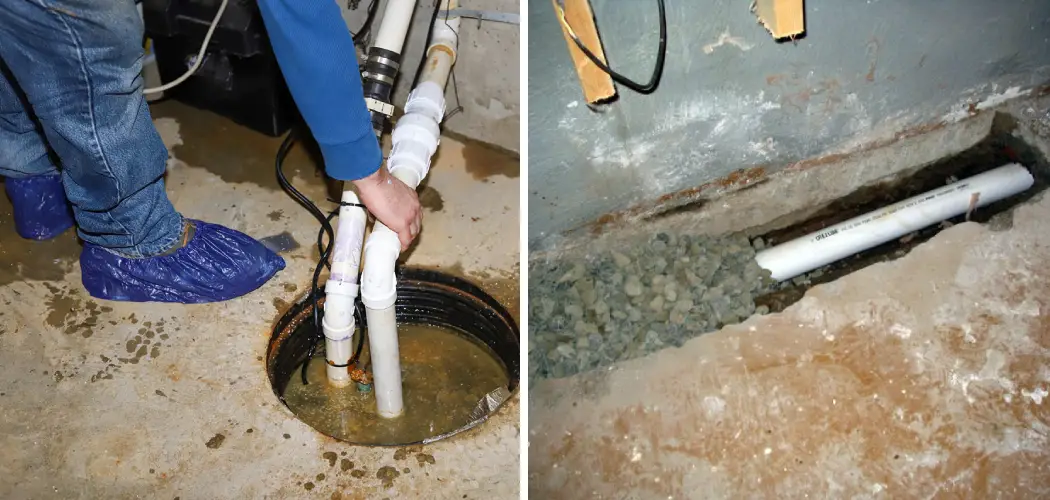There are several reasons why you may need to clean a French drain in your basement. One common reason is that it has become clogged with debris and other materials, causing water to back up and potentially flood your basement. Other reasons may include unpleasant odors or the growth of mold and mildew due to standing water.
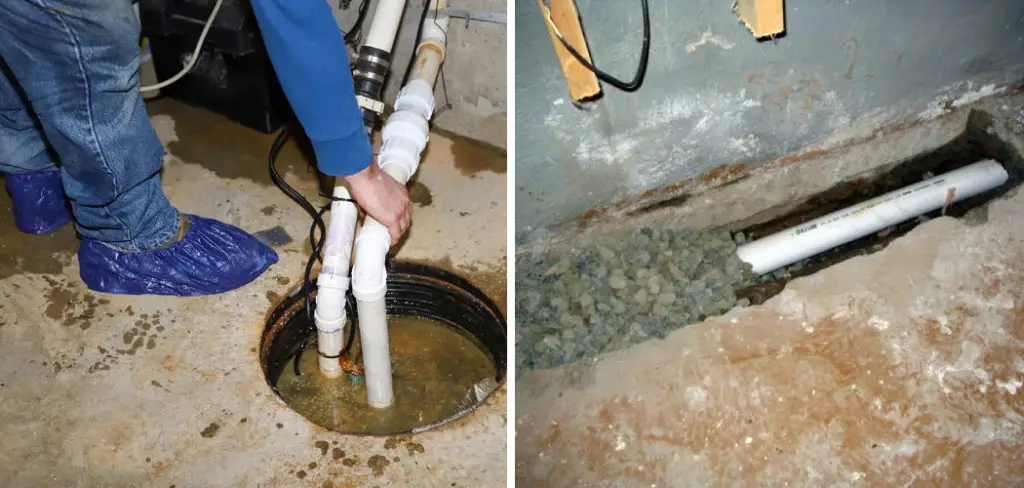
The main purpose of having a French drain in your basement is to prevent water from seeping into your home. However, over time, the drain can become clogged with debris and dirt, which reduces its effectiveness and can cause damage if left uncleaned. Read this blog post to learn how to clean french drain in basement.
Step-by-step Instructions for How to Clean French Drain in Basement
Step 1: Inspect the Drainage System
Inspect your basement drainage system to identify if there are any clogs that may be causing water to back up in the French drain. Check for debris, roots or blockages caused by soil buildup. This will help you determine what cleaning tools and materials you will need.
Step 2: Gather Your Tools and Materials
To clean your French drain, you will need the following tools and materials:
- A shovel
- A garden hose
- A plumbing snake or auger
- A bucket or large container for collecting debris
- Protective gear (gloves, boots, goggles)
Step 3: Remove Debris from Drainage System
Remove any visible debris from the drainage system using a shovel. Clear out any leaves, twigs, or other debris that may be blocking the drain. Place the debris in a bucket or container for disposal.
If there are clogs deeper in the drainage system, use a plumbing snake or auger to break them up and clear them out. Insert the end of the snake into the drain and turn it clockwise to break up the clog. Use a back-and-forth motion to loosen and remove the debris.
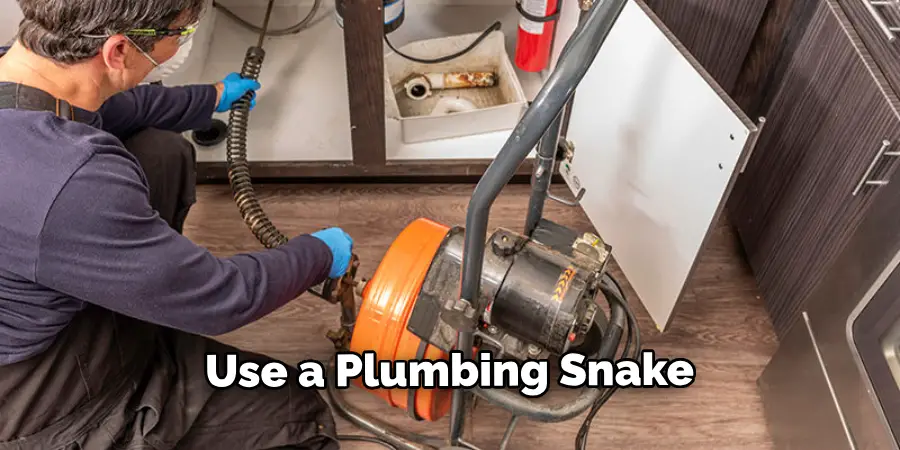
Step 4: Flush the Drain with Water
After removing any visible debris and breaking up clogs, flush the drain with water. Use a garden hose to forcefully spray water into the French drain to help clear out any remaining debris or buildup.
Once you have flushed the drain, check to see if water is flowing freely through the drainage system. If there is still standing water or slow drainage, continue to flush the drain until it flows properly.
Step 5: Clean and Sanitize the Drainage System
To ensure that your French drain is clean and free of any bacteria or mold growth, use a mixture of water and bleach to sanitize the drainage system. Pour the solution into the drain and let it sit for 15-20 minutes before flushing it out with water.
If there was standing water in your basement due to clogged French drains, you will need to remove it before continuing with the cleaning process. Use a sump pump or wet/dry vacuum to remove any excess water from the basement.
Step 6: Inspect and Repair Any Damage
While cleaning your French drain, take note of any damage that may have been caused by clogs or buildup. If there are cracks in the system, repair them as soon as possible to prevent further issues. If necessary, contact a professional for assistance.
To prevent future clogs and backups in your French drain, it is important to regularly maintain it. This includes regular inspections, removing debris and buildup, and flushing the system with water on a periodic basis.
By following these step-by-step instructions, you can effectively clean your French drain in the basement and prevent any future issues. Remember to always wear protective gear while cleaning and seek professional help if needed.
Safety Tips for How to Clean French Drain in Basement
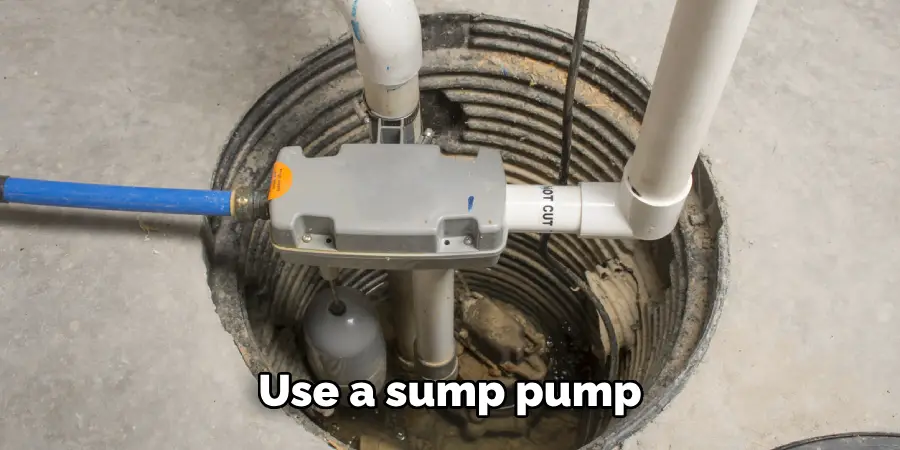
- Always wear protective gear, such as gloves and goggles, when cleaning your French drain.
- Be cautious when using a plumbing snake or auger to avoid injury or damage to the drainage system.
- Avoid using harsh chemicals in your French drain as they can cause damage to the pipes and potentially harm the environment.
- Before starting any cleaning process, make sure all electrical appliances are unplugged and the power is turned off to avoid any accidents.
- Do not attempt to clean your French drain if there is standing water in the basement. Use a sump pump or wet/dry vacuum to remove the water before proceeding.
- If you are unsure of how to properly clean your French drain, seek professional assistance.
- Regularly maintain your French drain to prevent clogs and backups. Keep an eye out for any potential issues and address them promptly to avoid costly repairs in the future.

By following these safety tips, you can ensure a safe and effective cleaning process for your French drain in the basement. Remember to always prioritize your safety and seek professional help if needed.
What Are the Signs That Indicate a French Drain in Your Basement Needs Cleaning?
If you have a basement, chances are you also have some form of drainage system in place to prevent water from seeping in and causing damage. One common type of drainage system used in basements is the French drain. Here are some signs to look out for:
1. Standing Water Around the Exterior of Your Home
One of the first signs that your French drain might be clogged is standing water around the exterior of your home. A properly functioning French drain should direct water away from your foundation and prevent it from pooling near your basement walls. If you notice puddles forming, it’s a clear sign that something is blocking the flow of water.
2. Foul Odors
Another indication that your French drain might need cleaning is the presence of foul odors in your basement. A clogged French drain can cause stagnant water to accumulate, leading to unpleasant smells that are hard to ignore.
3. Slow Draining Water
If you have a sump pump connected to your French drain, you may notice that it’s running more frequently or for longer periods than usual. This could be a sign that your French drain is clogged and causing the pump to work harder to expel water.
4. Visible Blockages
If you have an exterior French drain, you may be able to detect blockages by inspecting the openings where water exits. Leaves, debris, and other materials can collect in these areas and prevent proper drainage.
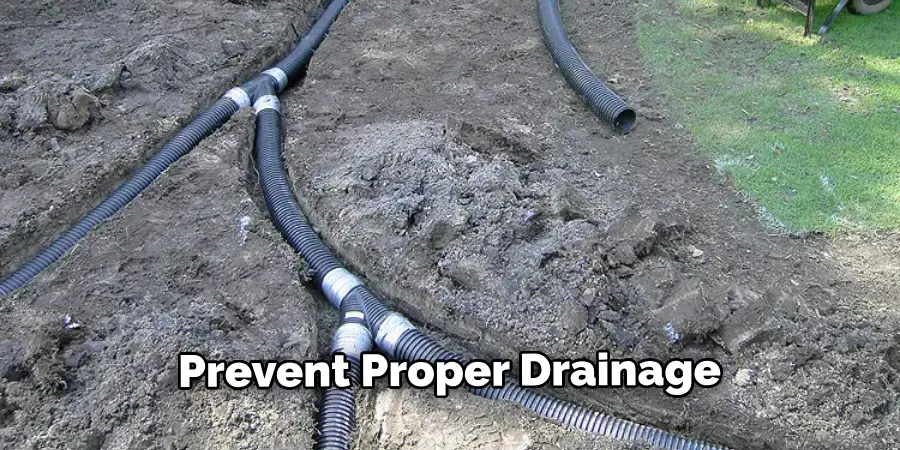
How Often Should You Clean Your French Drain in the Basement?
A French drain is an essential part of any home’s plumbing system, especially for those with basements. It is designed to prevent water from seeping into the basement and causing damage. However, over time, debris can build up in the drain and hinder its ability to function properly. This can lead to water buildup in the basement and potentially cause serious damage.
That’s why regular cleaning and maintenance of the French drain is crucial. In this article, we will discuss how to clean a French drain in the basement and the signs that indicate it needs cleaning. Signs That Indicate Your French Drain Needs Cleaning:
1. Water Buildup in the Basement
If you notice water pooling or flooding in your basement, this is a clear sign that your French drain needs cleaning. When debris clogs the drain, it prevents water from draining properly and causes backups.
2. Foul Odor
A musty or foul smell in your basement is another sign that your French drain may need to be cleaned. This smell is often caused by stagnant water that can’t flow through the clogged drain.
3. Slow Drainage
If you notice that water takes longer to drain from your basement, it could be a sign that the French drain is clogged. This can be caused by debris or sediment buildup in the pipes.
4. Mold or Mildew Growth
Excess moisture in your basement can lead to mold and mildew growth, which not only causes a musty smell but also poses health risks. If you notice any signs of mold or mildew, it’s essential to check and clean your French drain as it could be the cause.
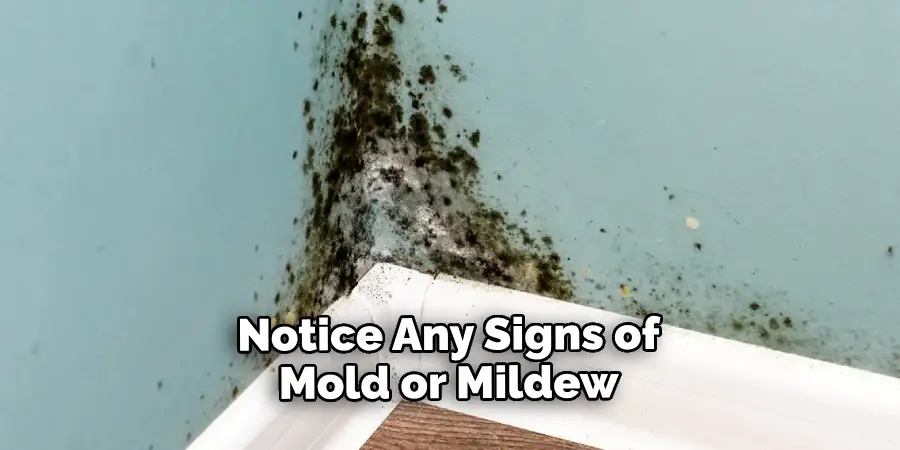
By regularly checking for these signs and cleaning your French drain as needed, you can prevent serious damage to your basement and keep the drainage system functioning properly. It is recommended to clean your French drain at least once a year or more often if you live in an area with heavy rainfall or have large trees near your home that may cause more debris buildup.
Can You Clean a French Drain in the Basement by Yourself or Do You Need Professional Help?
French drains are an essential part of many homes, especially those with basements. They help keep your basement dry by diverting water away from the foundation and preventing flooding. However, like any other drainage system, French drains require maintenance and cleaning to continue functioning properly.
If you have a simple French drain system with easy access and minimal clogging, then cleaning it yourself may be an option. However, if your French drain system is complex or difficult to reach, it’s best to call a professional for help. Moreover, if your basement has flooded recently due to a clogged French drain, it’s essential to seek professional help to prevent any potential damage or health hazards.
Is There Anything You Can Do to Prevent Your French Drain in the Basement From Getting Clogged in the Future?
When it comes to maintaining a French drain in your basement, prevention is key. While regular cleaning can help prevent clogs and keep the drain functioning properly, there are also steps you can take to minimize the amount of debris that enters your drainage system.
One way to prevent clogs is by installing a filter or grate over the opening of your French drain. This will catch larger debris such as leaves, twigs, and other debris before it can enter the drain and cause a blockage.
Another preventative measure is to regularly inspect and maintain your gutters and downspouts. By keeping these clean and free of debris, you can reduce the amount of sediment and debris that enters your French drain.
In terms of cleaning products and methods, it is important to use caution when selecting cleaners for your French drain. Harsh chemicals can damage the pipe or cause harm to the environment if they are washed out through the drainage system.
Are There Any Common Mistakes to Avoid While Cleaning a French Drain in the Basement?
One common mistake to avoid while cleaning a French drain in the basement is using harsh chemicals or cleaners. These can damage the drainage system and potentially harm the environment. Instead, opt for more natural cleaning methods such as vinegar or baking soda.
Another important factor to consider when cleaning a French drain in the basement is safety. Make sure to wear protective gear, such as gloves and goggles, to avoid any potential hazards. Additionally, be cautious when working with water and ensure proper ventilation in the area.
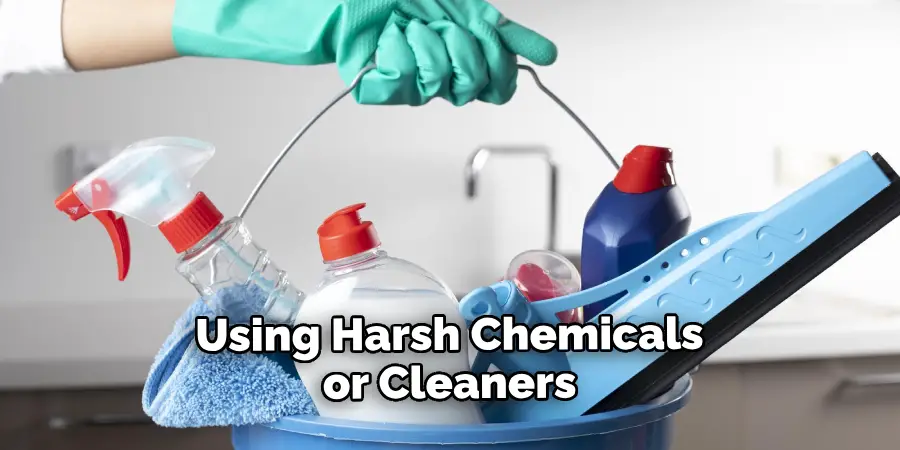
Proper maintenance is key to keeping your French drain in the basement clean. Regularly check for any debris or buildup and remove it promptly before it causes clogs. It’s also recommended to have your French drain professionally cleaned every few years to prevent major blockages.
In terms of prevention, there are a few things you can do to keep your French drain in the basement from getting clogged in the future. First, avoid pouring any grease or oil down your drains as these can harden and cause blockages.
Conclusion
In conclusion, having a French drain in your basement can help prevent water damage and keep your home safe and dry. However, it is important to regularly clean and maintain your French drain to ensure that it continues to function properly. By following these simple steps on how to clean french drain in basement, you can save yourself from potential flooding and costly repairs.
Firstly, start by identifying the location of your French drain in the basement. This could be in a corner or along one of the walls. Once you have located it, remove any objects or debris covering the drain.
Next, use a garden hose to flush out any accumulated dirt, leaves, and other debris from the French drain. You can also use a plumbing snake to reach further into the drain and dislodge any clogs. I hope this article has been beneficial for learning how to clean french drain in basement. Make Sure the precautionary measures are followed chronologically.

